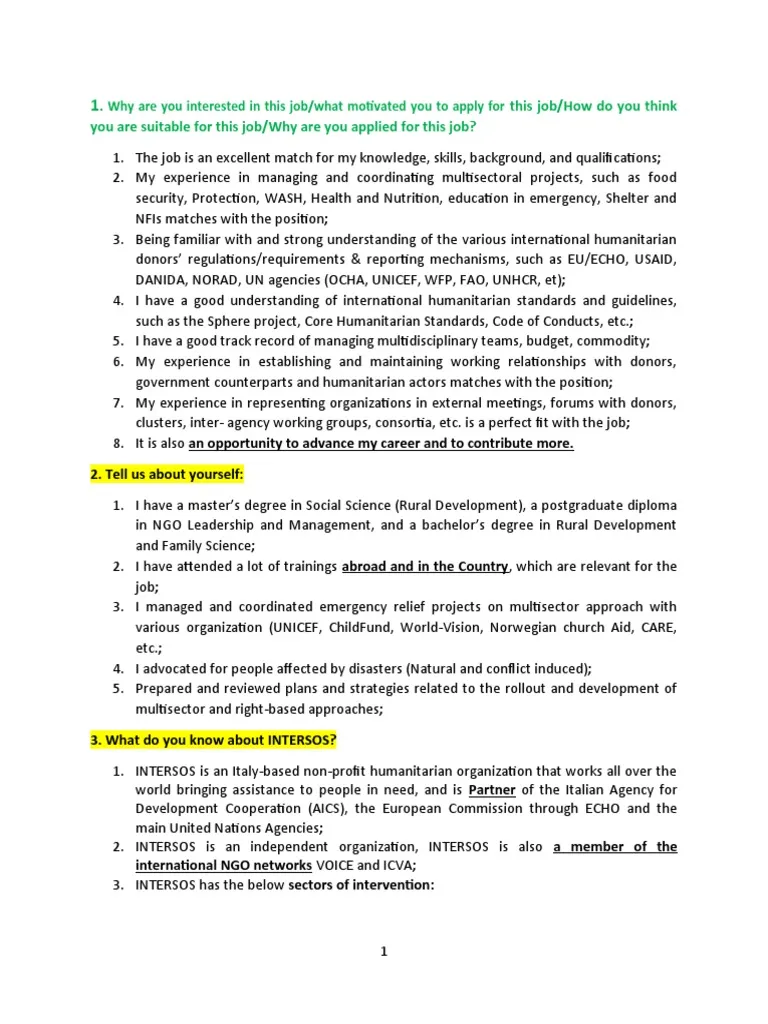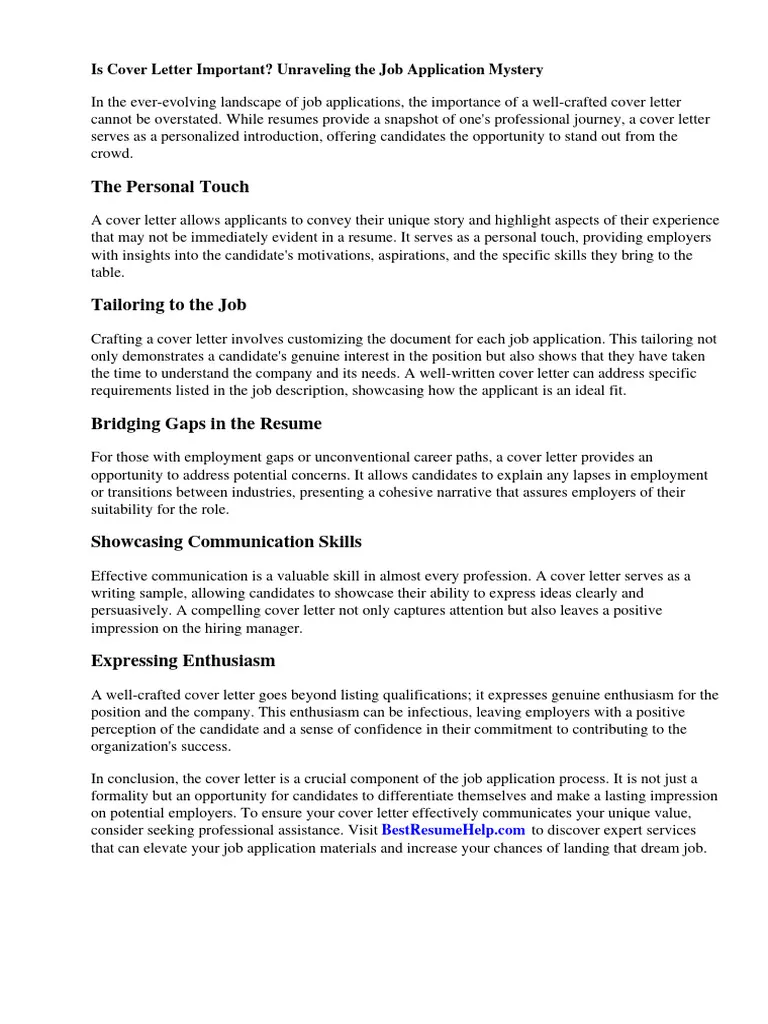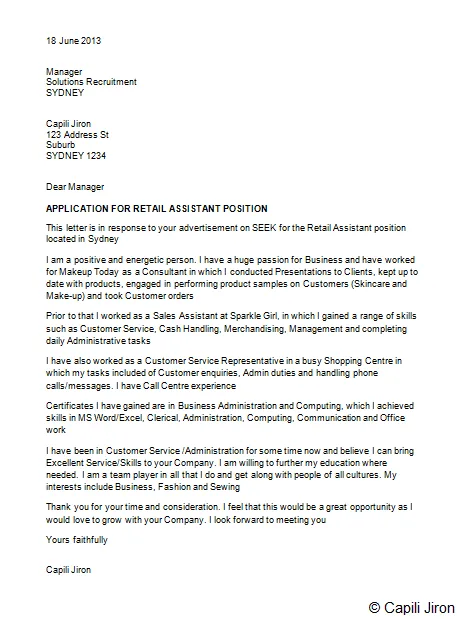Why a Cover Letter Matters
In the competitive landscape of job applications, a well-crafted cover letter can be your most powerful asset. While your resume presents your skills and experience, your cover letter provides the opportunity to tell your story, express your enthusiasm, and make a strong first impression. It allows you to explain why you are the ideal candidate for a specific position and why you are genuinely interested in the role and the company. Think of it as your personal introduction, a chance to connect with the hiring manager on a more human level and differentiate yourself from the stack of applicants. A compelling cover letter can significantly increase your chances of landing an interview, showcasing your communication skills and demonstrating your proactive approach to securing a job.
Key Components of a Powerful Cover Letter
A strong cover letter is more than just a summary of your resume; it’s a persuasive document that highlights your qualifications and demonstrates your genuine interest in the role. To craft a compelling cover letter, focus on several key components. First, make sure to address the hiring manager by name, if possible. Research the company and the specific role to tailor your letter to their needs and requirements. Begin with a captivating opening that grabs the reader’s attention, stating the position you are applying for and how you learned about it. Then, delve into your relevant skills, experience, and accomplishments, providing specific examples that showcase your value. Finally, conclude with a strong closing that reiterates your interest and includes a call to action, such as expressing your eagerness for an interview.
Your Passion and Interest

One of the most crucial elements of a cover letter is conveying your genuine passion and interest in the job and the company. Employers seek candidates who are enthusiastic and motivated, not just those who possess the required skills. Expressing your passion can be done by explaining what specifically excites you about the role and the company’s mission, values, or products. This demonstrates that you’ve done your research and are truly invested in the opportunity. Share any personal experiences or motivations that have driven you to pursue a career in this field or why you are particularly drawn to this organization. This personal touch will help you stand out from other applicants, making it clear why you are a great fit for this position.
Highlighting Relevant Skills and Experience
While your resume provides a comprehensive overview of your skills and experience, your cover letter is the perfect place to elaborate on your most relevant qualifications. Carefully review the job description and identify the key skills and experiences the employer is seeking. Then, use your cover letter to highlight how your past experiences have prepared you for this role. Provide specific examples of how you’ve successfully applied these skills in previous positions or projects. Quantify your achievements whenever possible to demonstrate the impact you’ve made. Explain how your skills align with the job requirements and showcase your understanding of the company’s needs. By focusing on the most relevant information, you can create a compelling narrative that positions you as the ideal candidate for the job.
Quantifiable Achievements
Numbers speak volumes. In your cover letter, always strive to quantify your achievements and demonstrate the impact you have made in previous roles. Instead of simply stating that you ‘increased sales’, provide specific numbers such as ‘increased sales by 20% in one quarter’. Instead of saying you ‘managed a team’, quantify it by saying ‘managed a team of 10 employees’. By using quantifiable data, you provide concrete evidence of your accomplishments and make your claims more credible and persuasive. These metrics provide tangible proof of your capabilities and give the hiring manager a clear understanding of your value. This approach will not only make your cover letter more impactful but also showcase your results-oriented approach.
Why This Specific Company

Generic cover letters are easily dismissed. Your cover letter should clearly articulate why you are interested in working for this specific company. Research the company’s mission, values, recent achievements, and industry position. Tailor your letter to reflect your knowledge and understanding of the company’s culture and goals. Explain why you believe your skills and experience align with the company’s needs and how you can contribute to its success. This demonstrates your initiative and genuine interest, setting you apart from candidates who submit generic applications. Mention specific aspects of the company that appeal to you, whether it’s their commitment to innovation, their company culture, or their impact on the industry. This personalized approach shows that you are truly invested in the opportunity.
Showcase Your Personality
While maintaining a professional tone, allow your personality to shine through in your cover letter. A cover letter is a chance to showcase your communication style and let the hiring manager get a sense of who you are. Use a professional yet engaging tone that reflects your personality. Avoid sounding too formal or robotic. Injecting a bit of your personality can make your cover letter more memorable. Share a brief anecdote or a unique perspective that adds a personal touch. This will not only make your letter more engaging but also help the hiring manager remember you. By presenting yourself as a real person with genuine enthusiasm, you’re more likely to make a lasting impression.
Tailoring Your Cover Letter for Each Job
One of the biggest mistakes job seekers make is submitting generic cover letters that are not tailored to the specific job and company. Each cover letter should be customized to reflect the unique requirements and expectations of each position. Carefully read the job description and identify the key skills, qualifications, and experience the employer is seeking. Then, tailor your cover letter to highlight how your skills and experience align with those requirements. Use the language and keywords from the job description to demonstrate that you understand the role. Research the company and tailor your letter to reflect your knowledge of their mission, values, and goals. Taking the time to tailor your cover letter for each application is essential for demonstrating your genuine interest and increasing your chances of getting noticed.
Formatting and Structure

The formatting and structure of your cover letter play a vital role in making it easy to read and visually appealing. Use a professional font, such as Arial or Times New Roman, in a readable size (11 or 12 points). Start with your contact information, followed by the date and the hiring manager’s name and title. Keep your letter concise and easy to scan, using short paragraphs and bullet points where appropriate. Use clear headings and subheadings to organize your content and make it easy for the reader to find the information they need. Proofread your letter carefully to ensure there are no grammatical errors or typos. Aim for a letter that is one page long, and that gets straight to the point, with a professional layout.
Proofreading and Editing
Before submitting your cover letter, meticulously proofread and edit your work. Typos, grammatical errors, and inconsistencies can undermine your credibility and make you appear careless. Read your cover letter aloud to catch any awkward phrasing or flow issues. Use a grammar and spell-checking tool, but don’t rely on it exclusively. Have a friend or colleague review your letter to provide an objective perspective and identify any areas for improvement. Pay close attention to the tone and clarity of your writing. Ensure that your letter is well-organized, easy to read, and free of errors. A polished and error-free cover letter demonstrates your attention to detail and professionalism.
Common Mistakes to Avoid
Several common mistakes can significantly diminish the effectiveness of your cover letter. Being aware of these pitfalls can help you avoid them and increase your chances of success. Avoid submitting a generic letter that lacks personalization or is not tailored to the specific job. Ensure your letter is free of typos and grammatical errors, as these can create a negative impression. Focus on selling your skills and achievements rather than simply restating your resume. Research the company and address the hiring manager directly. By avoiding these common pitfalls, you can create a cover letter that stands out and effectively showcases your qualifications.
Generic Cover Letters

Submitting a generic cover letter is a critical mistake that signals a lack of interest and effort. Generic letters often fail to address the specific requirements of the job or showcase your understanding of the company. Avoid using a template that could be sent to any employer. Instead, always tailor your letter to the specific role and company. Customize the content to reflect your knowledge of the company’s mission, values, and recent accomplishments. Highlight relevant skills and experiences that align with the job description. Use the language and keywords from the job posting to demonstrate your understanding of the role. By personalizing your cover letter, you demonstrate to the hiring manager that you are truly interested in the position and have invested time and effort in the application.
Typos and Grammatical Errors
Typos and grammatical errors are a major turnoff for hiring managers and can create the impression that you lack attention to detail and professionalism. Before submitting your cover letter, always proofread it carefully to catch any mistakes. Use a grammar and spell-checking tool, but don’t rely on it exclusively. Have a friend or colleague review your letter for any errors you might have missed. Read your letter aloud to ensure it flows smoothly and sounds natural. Pay close attention to punctuation, grammar, and sentence structure. Ensure your formatting is consistent throughout the document. A polished and error-free cover letter demonstrates your commitment to quality and professionalism.
Not Tailoring to the Job Description
Failing to tailor your cover letter to the job description is a missed opportunity to make a strong connection with the hiring manager. The job description provides a clear outline of the skills, experience, and qualifications the employer is seeking. Your cover letter should directly address these requirements. Carefully analyze the job description and identify the key skills and experiences the employer is looking for. Then, use your cover letter to highlight how your skills and experience align with those requirements. Provide specific examples of how you’ve successfully applied these skills in the past. Use the language and keywords from the job description to demonstrate that you understand the role and are a good fit. By tailoring your letter to the job description, you show that you have taken the time to understand the position and are genuinely interested in the opportunity.
